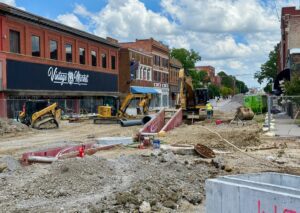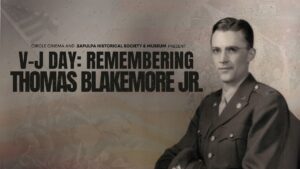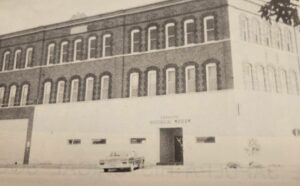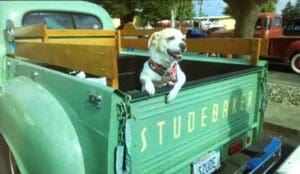Rachel Whitney, Curator,
Sapulpa Historical Museum
“I came to Sapulpa with my folks, Mr. and Mrs. H.M Ausmus, November 8, 1906 from Tennessee, when I was seven.” Wynona Ausmus Rogers recalled her first visit to Sapulpa. “We thought Sapulpa was just a hole in the wall…After we got used to it all, it was wonderful.”
“I went to school in the old Dewey College, where the courthouse is now, for three years. Then, when Jefferson was built, I finished the eighth grade there. In 1920, I married Lee Caldwell, and moved to Houston, Texas where he worked for the railroad..Lee died in 1934, and in 1935, I married Walter Rogers, Harry’s brother.
“Harry owned the Roger’s Bakery on East Dewey…He was married to Elizabeth Hamilton, a girl from Boston. She had a very noticeable eastern accent which everyone loved to hear…”
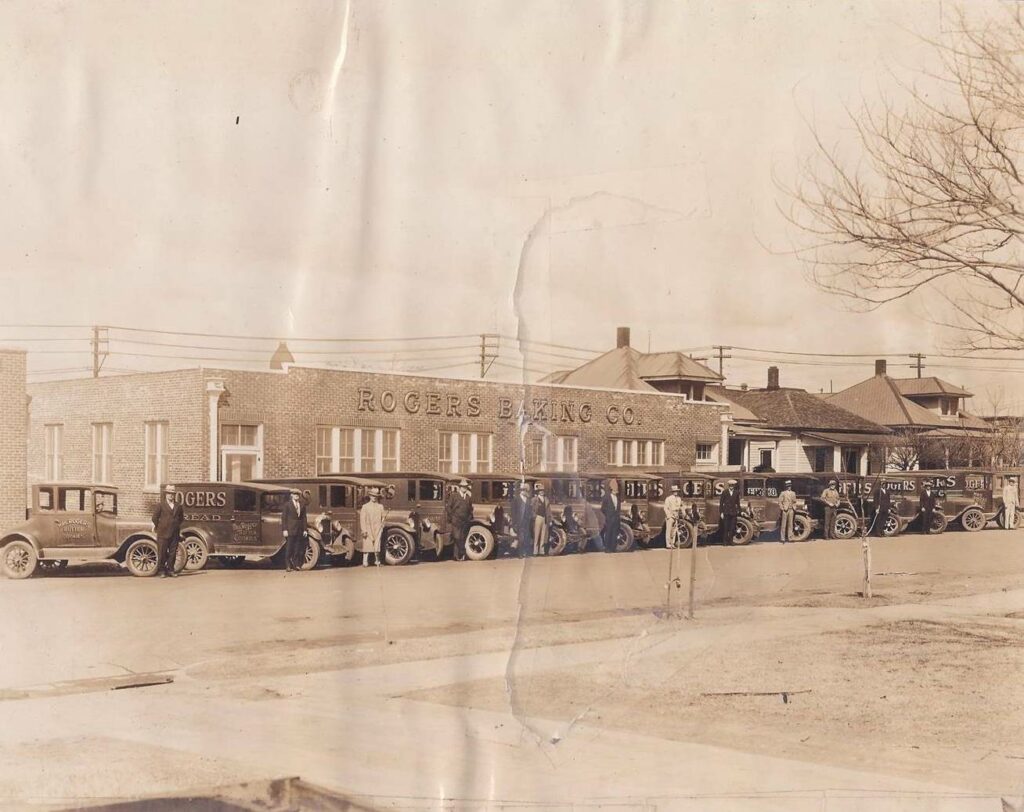
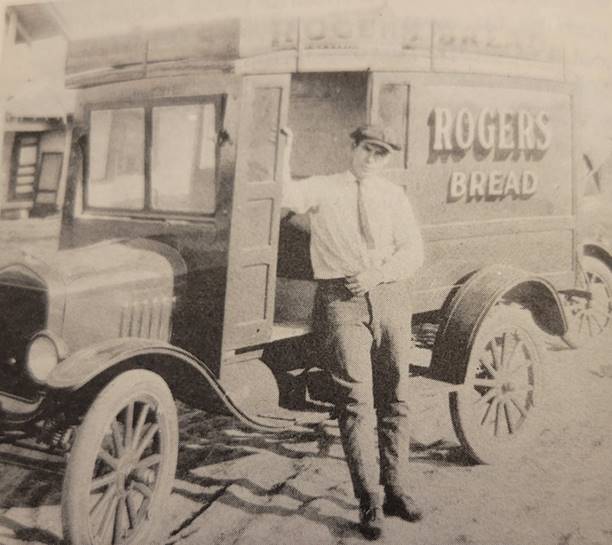
Roger’s Bakery was the one-stop shop for all baking needs. Bakeries in early day Sapulpa could be found on nearly every corner; grocery stores and meat markets, too, could be found just around the corner and often in the proprietor’s own residence.
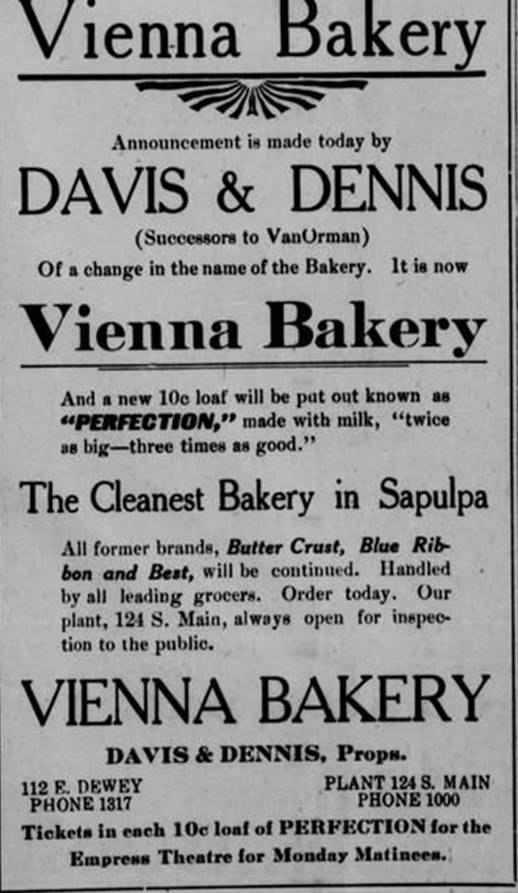
Harry Rogers purchased a bakery located at 317 East Dewey around 1921. The previous owner of the store, Robert McConaghie, had owned the Vienna Bakery located on East Dewey. It had previously been operating at another location on Dewey under another owner. This bakery had been bought and sold another previous time, passing down the legacy of fresh baked bread in Sapulpa history.
In 1915, the Vienna Bakery sold 10 cent loaf in “perfection” because it was made with milk. It had the “cleanest bakery in Sapulpa.” It had its store at 112 E Dewey, but had its “plant, 124 S Main, always open for inspection to the public.” It also offered tickets to the Empress Theatre’s Monday Matinees with the “perfection” loaf.
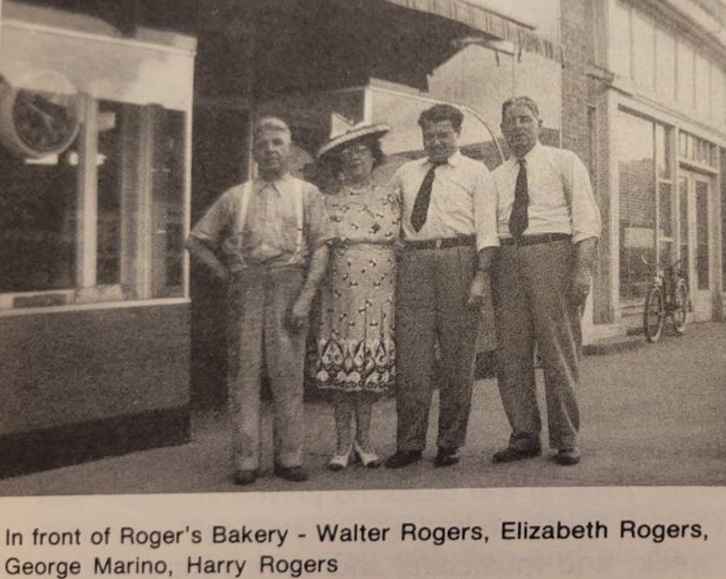
Many bakeries in Sapulpa had their store and their bakery at different locations. The Frisco Depot and Harvey House had a restaurant with lunchrooms and a diner inside. However, the bakery was located just east of the main building. The bakery was located off-site for it did not wish to increase the temperature inside the hotel-restaurant depot.
Similarly, Rogers Bakery Company would build off their main location. This week in Sapulpa history, on July 26, 1928, Harry Rogers “has secured a permit to construct a new addition.” The owner wished to build an office building, adjoining the storefront.
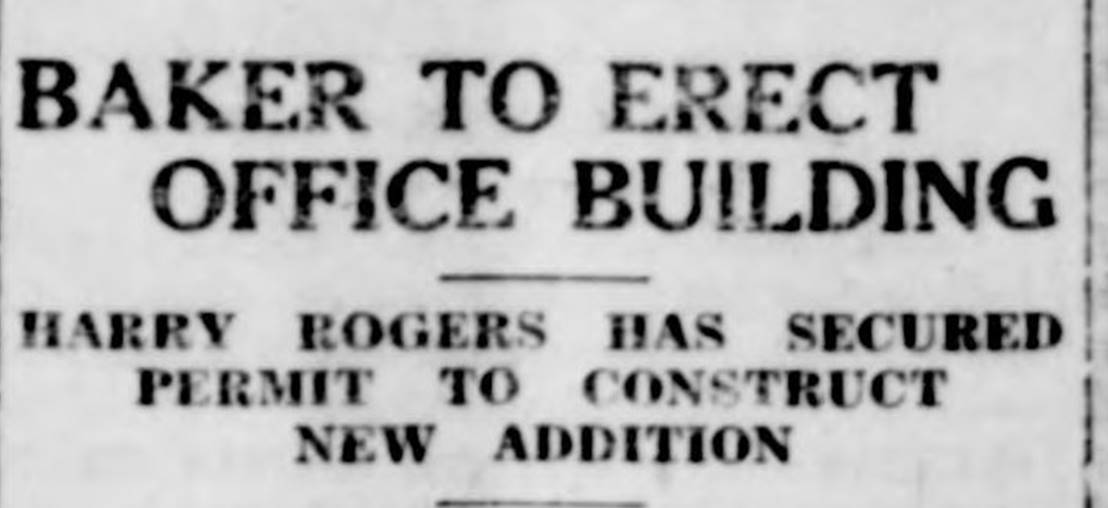
“The new building will contain four complete offices, a general office, private office, salesman room, and the waiting room. A store room for the flour and sugar used at the plant will be in the new building, also a garage which will be large enough to take care of all the cars of the plant.”
In addition, a new blender was to be installed along with a new oven. The store will now have four ovens in the home bakery. “An ice machine, which will be used to keep the temperature of the storage rooms at a certain degree will be installed in the new building.”
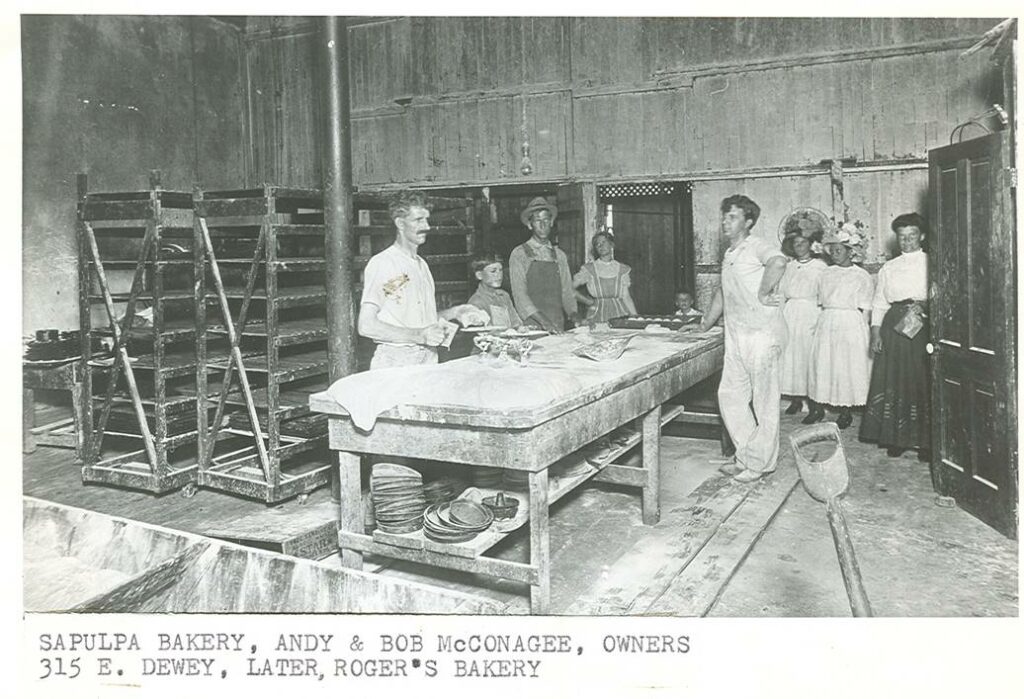
It is estimated that the project would be approximately $7,000—around $122,500 with today’s inflation.
In addition, this week in Sapulpa history, on July 26, 1928, Harry Rogers stood in front of the city council to help the proposal of the new “white way.” Similar to New York City’s Broadway District being nicknamed “The Great White Way” due to the enormous amount of shows and lights, Sapulpa was about to turn on the lights in town.
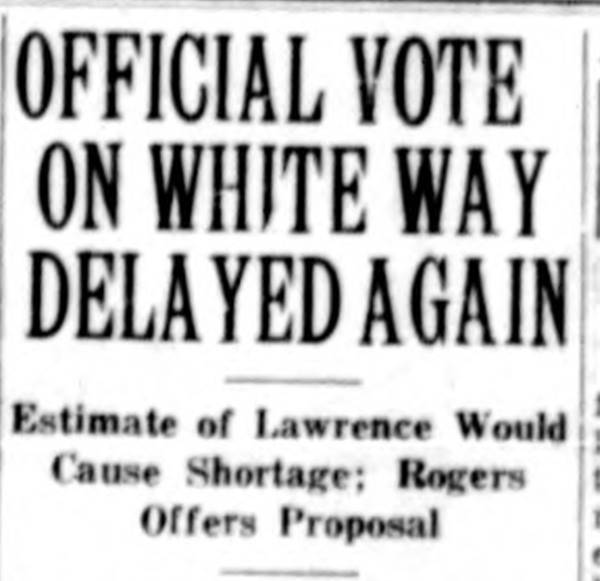
OG&E presented a new proposal for a “white way” system for downtown Sapulpa. The new system would cost the city $5,000.00 a year for the installation, upkeep and electricity. This new proposal would not have to be paid for by a bond issue. The streets would be; Dewey from Poplar to Maple, Main from Hobson to Thompson, Water from Hobson to Lee, Park from Dewey to Lee and Lee from Main to Elm.
Rogers “made a strong plea for the white way and presented two workable plans…his first suggestion, driving licenses for $1, he claimed would raise $3,000. His second suggestion is to raise the price of water, five percent, and raise the same amount…I have talked with a great number of people in Sapulpa about the white way, and they all have told me that they want it, and even feel that is necessary.”
However, it was delayed until January 1930, when a few streets in Sapulpa would have bright street lights, the first in Sapulpa.
The Rogers Bakery Company changed its name in 1929 to Rogers Bread Company. In late February and early 1929, it announced that it would be providing a first to Sapulpa bakeries.
“Announcing, the greatest forward step in the baking industry since wrapped bread. Rogers ready sliced bread!” Rogers Bakery now offered Sapulpa’s first sliced bread. “The sensation of the baking world, a good loaf of bread, just sold in a better way, with nineteen perfect slices in every loaf!”
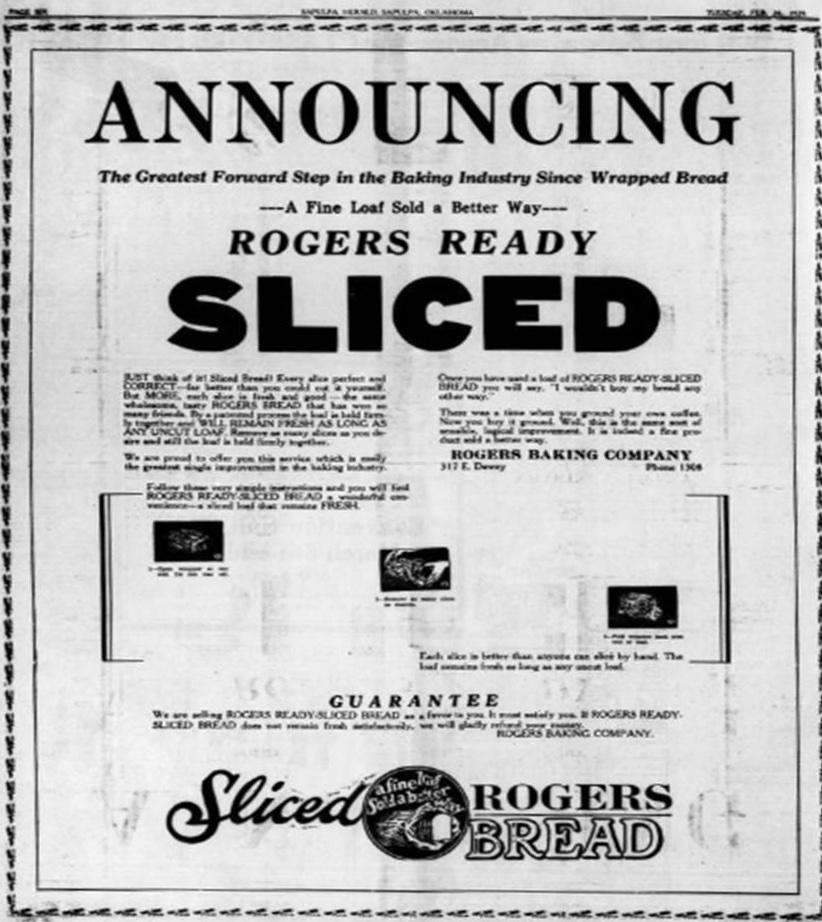
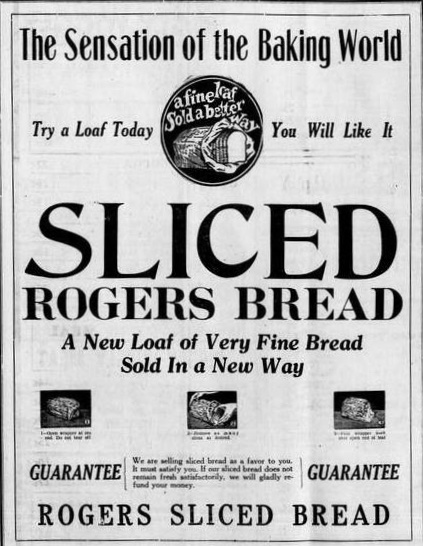
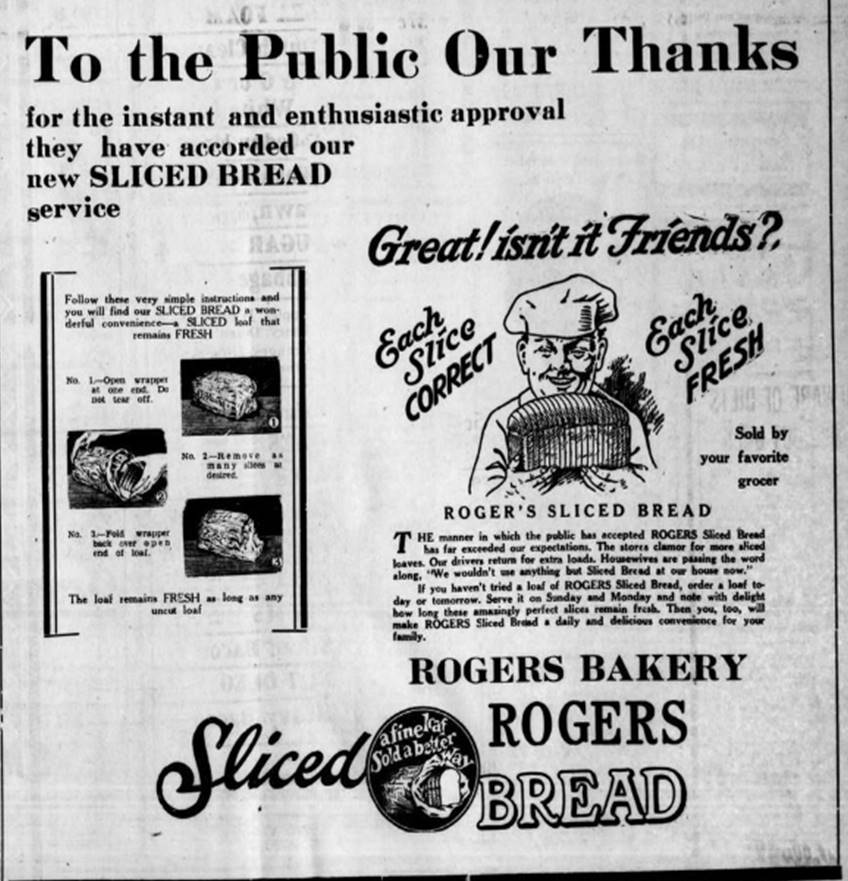
A full-page advertisement ran for this special announcement, with even instructions on how to use the new bread. “We are proud to offer you this service which is easily the greatest single improvement in the baking industry. Follow these very simple instructions and you will find Rogers Ready-Sliced Bread a wonderful convenience: 1 – open wrapper at one end, do not tear off; 2 – remove as many slices as desired; 3 – fold wrapper back over end of loaf.”
Rogers bakery operated on East Dewey until 1948 when Harry retired.
(County Democrat News, July 27, 1928; Sapulpa Herald, December 28, 1915, July 26, 1928, February 25, 1929, February 26, 1929, March 1, 1929, March 8, 1929)


